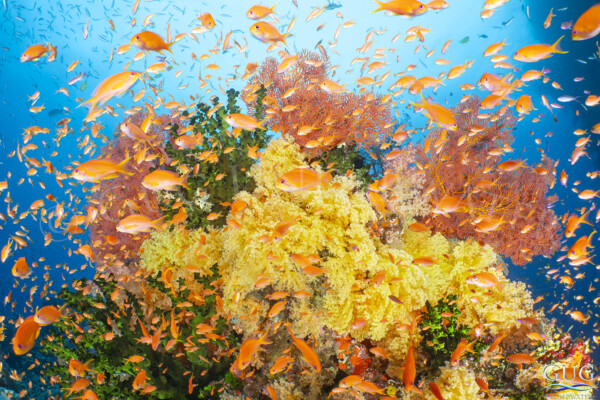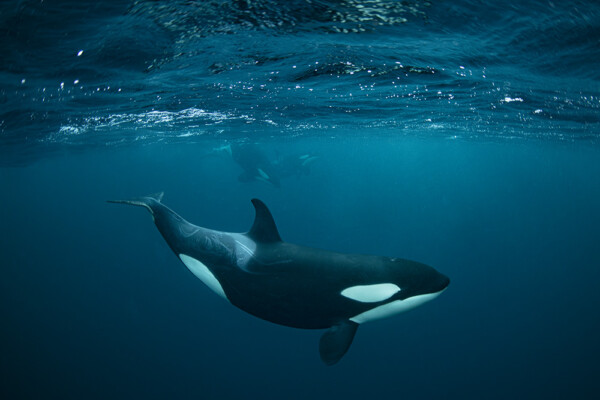Its amazing what lies in just 20′ of water right my hometown beach. You enter the water through the mild surf, cross >100′ of sand, and the reef begins with 6′ tall corals. I’d bet people think they have to go to Fiji or Indonesia to see this type reef, but it’s just full of life here – more so than I ever expected.
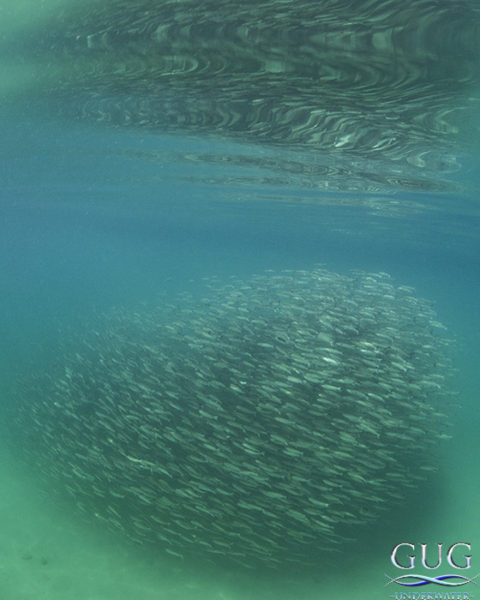
A few months ago, I moved from a ½ mile from the beach, to right on the sand. Simply put, it was the best move I’ve ever made. Even at just a ½ mile, it turned a beach dive day into a whole day affair, as I packed up the truck, drove 8 minutes, tried to find parking (limited to a two-hour maximum parking), dragged heavy camera and dive gear across hot asphalt and sand – then repeated the process after ending a dive with no fresh-water gear rinse, and got back into the car with a wet butt, only to have to unpack and rinse and hang all the gear. No thanks. From my old place, I made it to the beach about twice per year, and that was just for a walk – never for a dive.
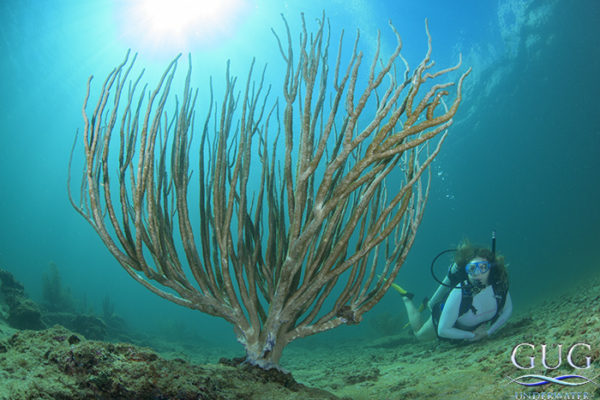
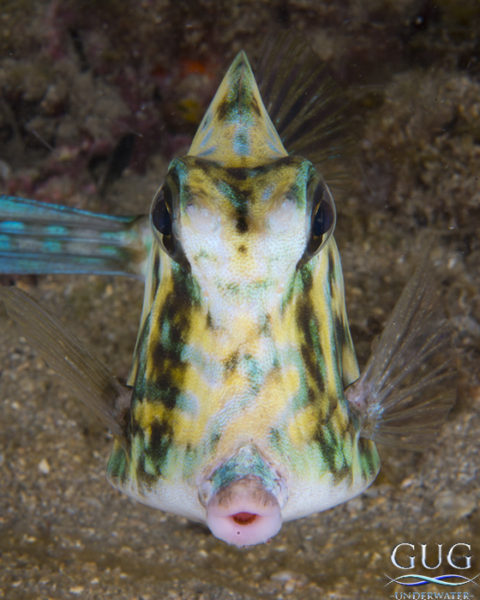
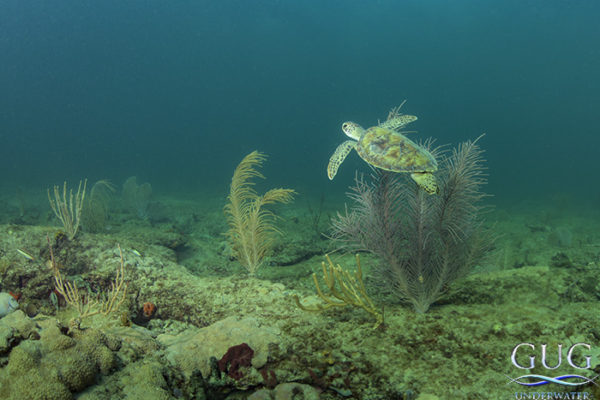
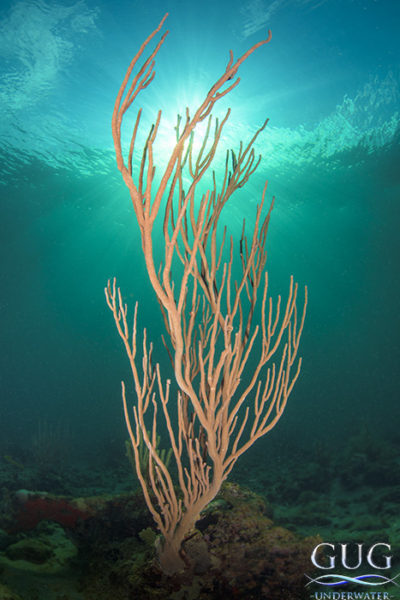
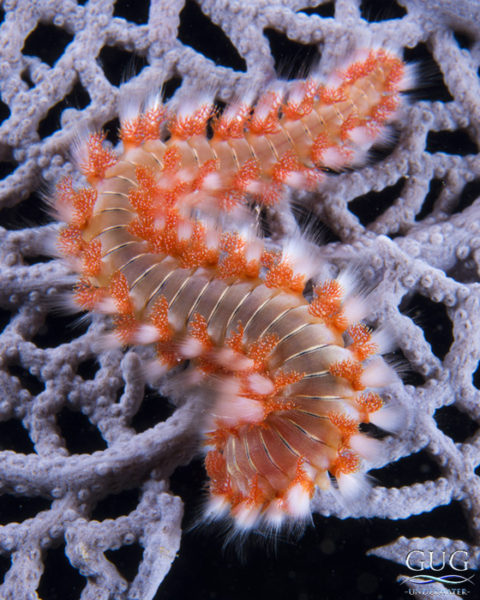
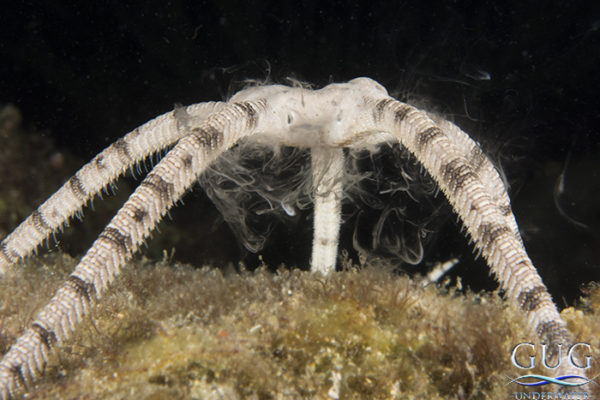
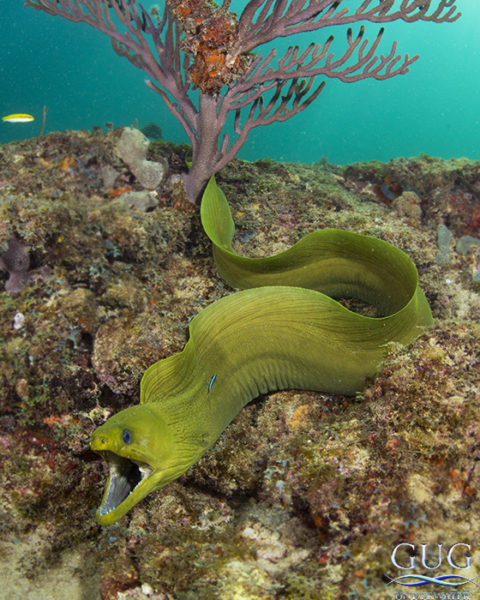
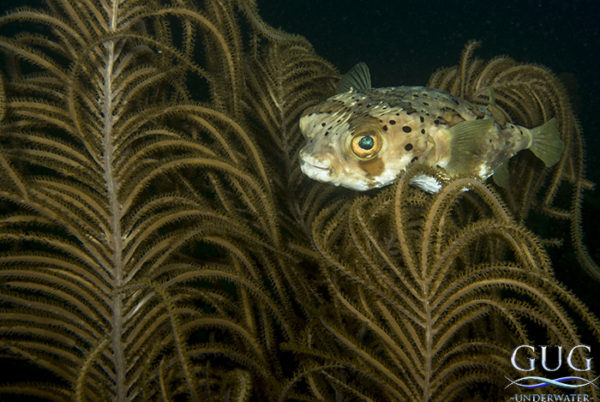
But now, it’s down the elevator, across 50’ of beach, and I’m in the water. Why did I not do this years ago???? Almost every day begins with a stellar sunrise and a walk on an almost empty beach. Diving is dictated by wind & sea conditions, and during the week before Hurricane Matthew in early October, it was flat and clear, so I managed to spend about 35 hours underwater that week. It’s so shallow that I still haven’t exceeded 22’ deep, yet the corals and creatures are just amazing.
On my very first dive out, I must admit, I was a bit skeptical. I, like many living in South FL, assumed that the quantity of humans nearby would have left the nearshore ocean to be a barren wasteland, and the main reef would have died off 20 or 30 years ago. But much to my surprise and pleasure, its very much alive and thriving! The gorgonian corals start just 100 or so feet from the shoreline in just 10’ of water. Go a little further, and the hard-pan bottom has a healthy growth of low-lying stony corals, sponges, zooanthids, and the fish life really starts to present itself. This region is dominated by “sideways spur & groove” reef formation, where going east towards the open ocean from shore, you’ll pass over numerous north-south zones of sand, then reef, then sand, then reef, and with each band of reef you pass on an eastward swim, the reef gets healthier and thicker.
Whereas my photographic work is primarily ultra-wide-angle scenic images, I’m finding a longer macro lens to be quite enjoyable here too. With no time restrictions and no dive boats to mess with my schedule, and no crowds, I find myself happy to stay put with a single common lizardfish or yellow stingray, and just wait until I think up an interesting composition, or until it does something cool like yawn, start a mating display, or try to eat something. This might not be the type of photograph my clients want to collect as my gallery’s art, but it definitely provides me the means to stay creative and keep my gills wet.
Come night, this reef really seems to explode. I love it when my neighbors see me getting in during the day, and they ask, “I kept seeing flashes in the ocean last night at 1am – was that you?”, and I reply, “if you’re seeing flashes, that means I found something awesome to shoot. It’s when you don’t see any flashes that you should worry!”. At night, I’ve found octopus several times, huge basket starfish are everywhere on top of gorgonians feeding with outstretched tentacles, squid practically bump into me all the time, eels are out & about hunting, arrow crabs and bristleworms tend to crawl to the tops of seafans, and parrotfish are nestled in their sleeping cocoons. There’s something to see and photograph at every turn!
During my first few weeks, there was the annual mullet run. Honestly, I pretty much got skunked, but I was in the middle of unpacking, and still flying north every weekend for art exhibits. I’d see a black shadow cruise just off the beach, but usually it was just after dusk or before sunrise, so the light was junk. At that time of day, its easy to track them from my balcony, but nearly impossible to locate them while standing on the beach or swimming. I chased one school during mid-day for about a ½ mile, and after sheer exhaustion, gave up when they just kept barely leaving my in their wake. But you little fishies had better watch out, because I’ll be ready for you next year!
Then came Hurricane Matthew. I got outta Dodge hours before it hit with my already-planned Peru trip (see previous Gug’s News post), and the storm was well over by the time I returned. But the winds persisted. For the following 6 weeks, it was 25-35mph winds on the beach, making shore entries almost impossible, and in-shore water visibility almost zero. My biggest fear was that all those beautiful gorgonians might be toppled and in need of re-setting (kind-of like underwater coral gardening), but as I got in for the first (and second) time since the storm this past week, I saw that the damage was minimal. I “re-planted” a few coral each dive, but for the most part, the reef still looks great.
So far, my favorite critter finds have been a brittle starfish releasing clouds of sperm, a tiny juvenile Atlantic spadefish (which I needed help ID-ing – thanks Kirk!) an adult green moray free-swimming out of its hidey-hole, a few sea robins, tons of yellow singrays everywhere, squid on EVERY dive, a spotted snake eel, and just this week, I’ve finally found two of my favorite macro subjects – a sailfin blenny, and a dusky jawfish……I’ll be seeing a lot of you two….. But most importantly, the corals are so much better than I expected! Not too far out, I’ve found a field of 2 to 4-year-old acropora (staghorn) coral colonies that really give me hope for a healthy ecosystem. And the gorgonians – WOW THE GORGONIANS!!! They commonly exceed 6’ tall, and are just happy, swaying in the current, polyps extended, and just doing what corals do.
So I’ve managed two dives this week, but I’m writing this because once again, the wind is 20pmh+ and I’m looking down onto a brown sea. Visibility needs to be at least 20’ for me to even consider it. Most of the week before Hurricane Matthew gave me visibility of 35-60’ – not too shabby for a heavy residential area plagued by polluting sewage and port outflow, dredging, the horribly-named environmental catastrophe called “beach renourishment” where they dump sand on the beach/reef to combat lack of foresight in ripping out all the natural mangroves, sea oats, dunes, and other coastal vegetation in order to construct buildings as close to the sea as possible. Now that I’m right in the thick of it, and I can document the challenges our local beaches and reefs face on a daily basis, I plan on using these photos to assist some good local organizations and agencies such as a the Coral Reef Restoration Foundation, Our FL Reefs, etc…. as well as giving new support to some of the organizations fighting against our addiction to single-use plastic items (think grocery bags, balloons, straws, water bottles), since I’m now able to document the unfathomable tons of it that wash up on my shoreline every…….single……day……. Not only to I have to walk over it to get to the beach, but I’m seeing it tangled in the corals, and mixed in with the habitat throughout the reef, and floating past my face in mid-water. Anyway…….. back to happier stuff……..
So yeah, between the unexpectedly high biodiversity, the reasonably good coral growth, and the opportunity to shoot some waves (not great quality waves, but waves nonetheless), this new backyard has already proven to be the best move of my life. Even if not diving, just walking the beach at sunrise, collecting a shell or two, and listening to the crashing waves has lowered my workaholic blood pressure by giving me my daily dose of Vitamin Sea.


